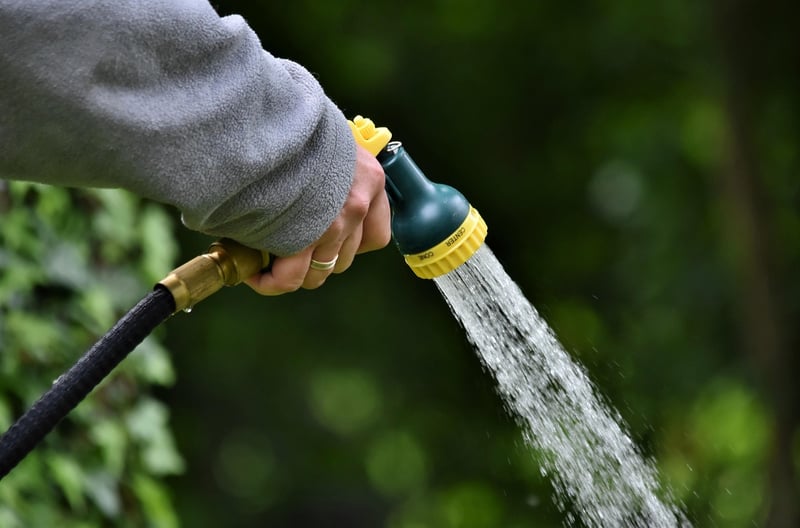Watering best practices
Keep Your Garden Thriving: Watering Best Practices
Having a lush and vibrant garden requires more than just planting the right flowers or vegetables; proper watering is key to keeping your garden thriving. Here are some best practices to ensure your garden gets the right amount of water it needs:
1. Water Early in the Morning
It's best to water your garden early in the morning when the temperatures are cooler. This allows the water to penetrate the soil and reach the roots before it evaporates in the heat of the day.
2. Deep Watering
Instead of frequent shallow watering, opt for deep watering less often. This encourages plants to develop deeper roots, making them more resilient to drought conditions.
3. Use a Watering Can or Drip Irrigation
When watering your garden, consider using a watering can or drip irrigation system. This allows for targeted watering directly to the base of plants, minimizing water waste through evaporation or runoff.
4. Mulch Your Garden
Applying a layer of mulch around your plants helps retain moisture in the soil, reducing the frequency of watering needed. Mulch also suppresses weeds that compete with your plants for water.
5. Monitor Soil Moisture
Get to know your garden's watering needs by checking the soil moisture regularly. Stick your finger into the soil; if it's dry an inch or two below the surface, it's time to water.
6. Avoid Overwatering
While it's essential to keep your garden adequately watered, be cautious not to overwater. Overwatering can lead to root rot and other plant diseases. Let the soil dry out slightly between waterings.
7. Consider Plant Watering Needs
Different plants have varying watering requirements. Research the specific needs of the plants in your garden to ensure you are providing them with the right amount of water.

By following these watering best practices, you can help your garden flourish and thrive throughout the growing season. Remember, a well-hydrated garden is a happy garden!
